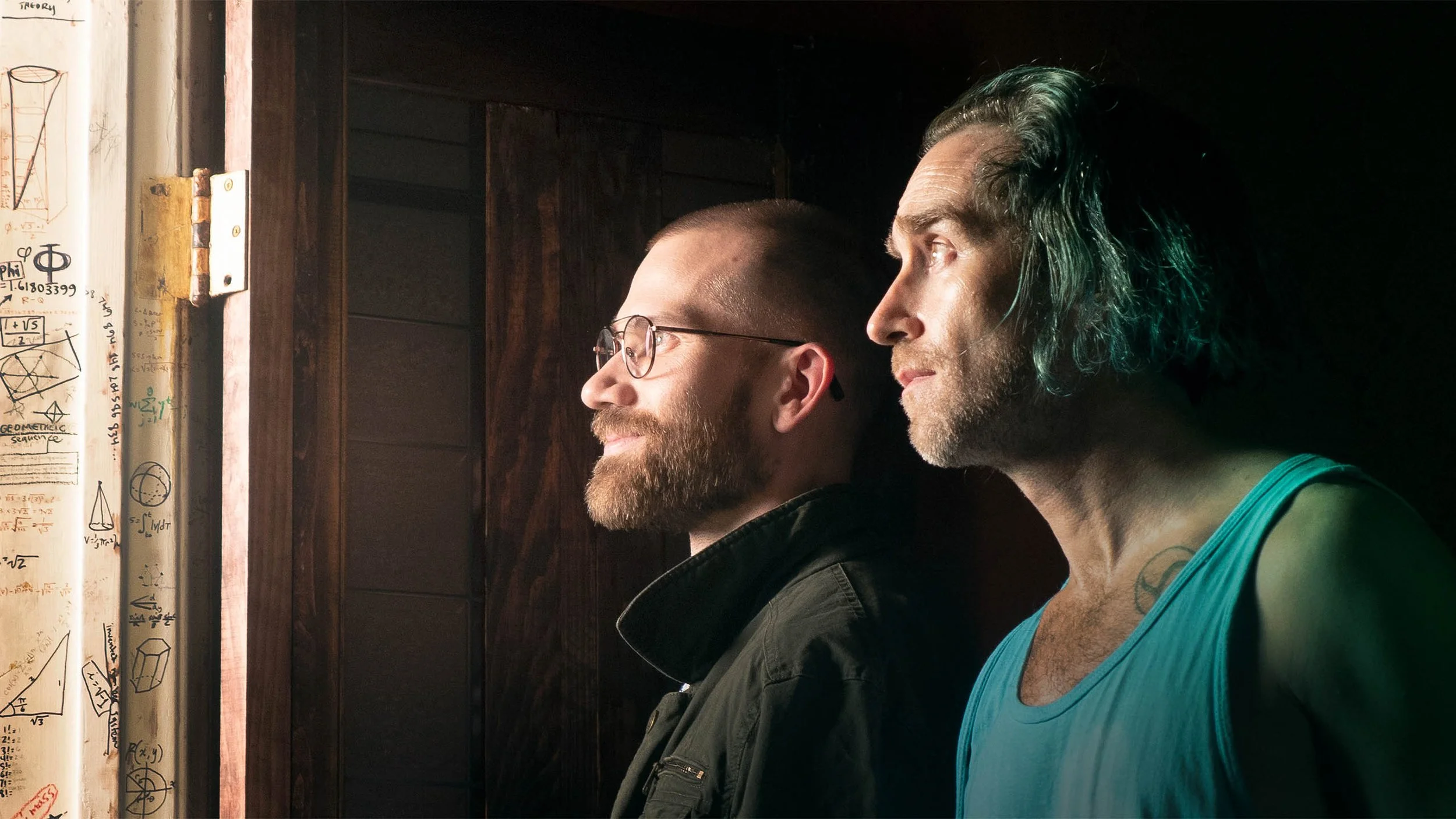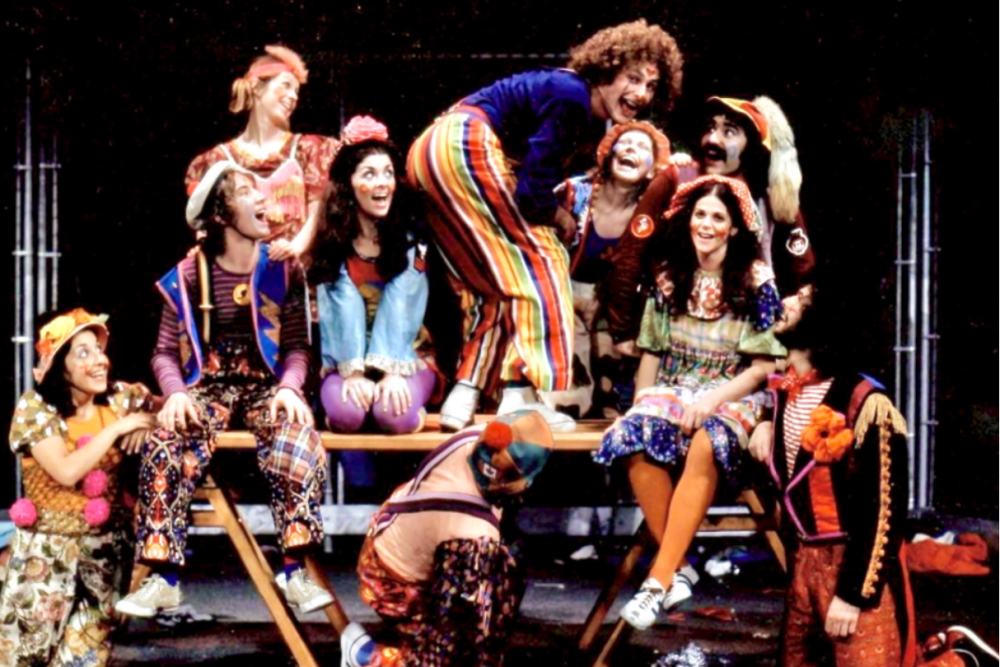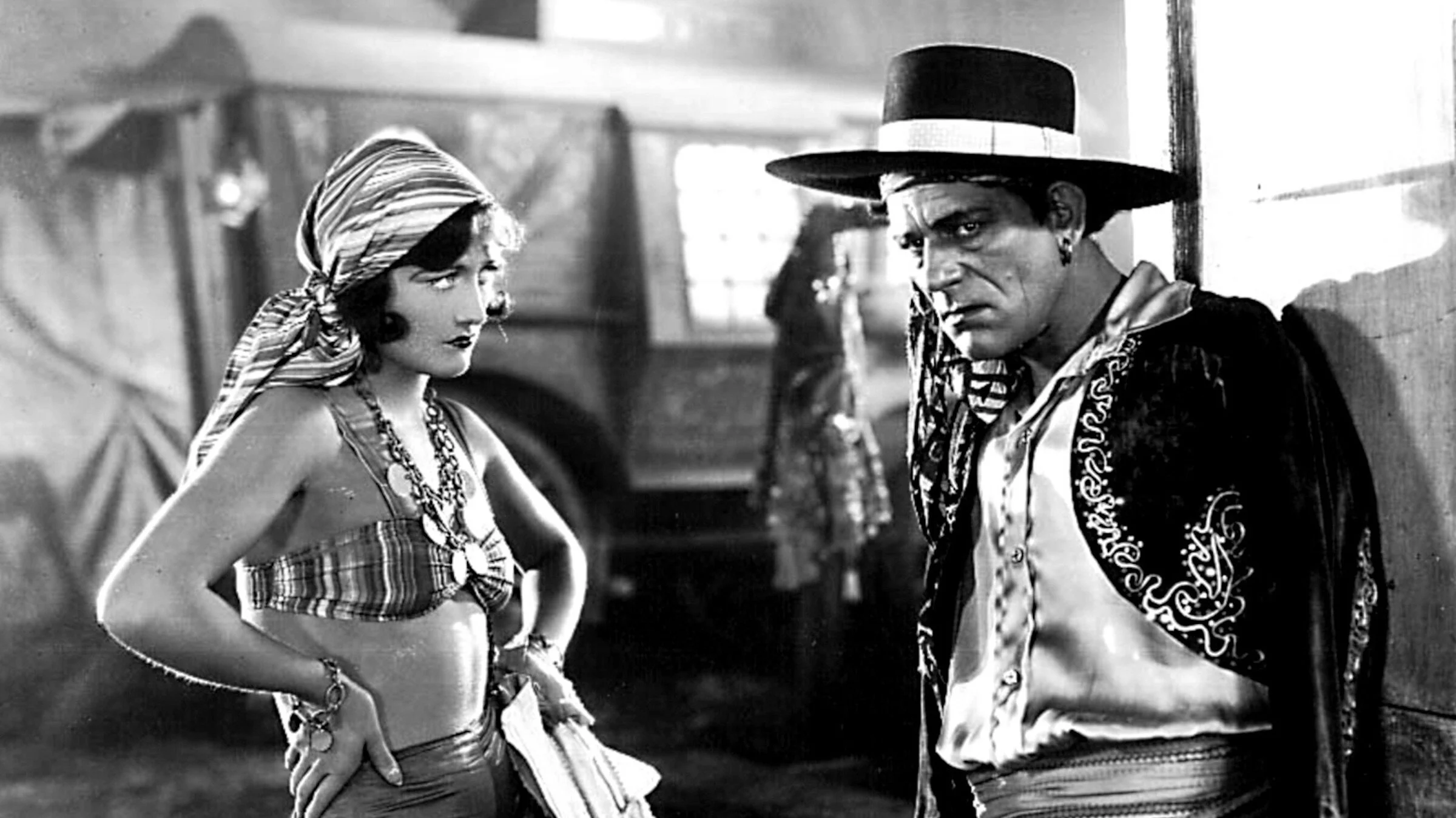VIFF 2022: Film duo Justin Benson and Aaron Moorhead take a wild and witty tour through paranormal and conspiracy lore with Something in the Dirt
The pair play two hapless Laurel Canyon neighbours in a crazy-making cosmic-horror flick born out of the pandemic and apocalyptic wildfires
Something in the Dirt screens at the Rio Theatre on Friday (September 30) and Sunday (October 2)
IN THE SAME WAY that humans see only a thin slice of the light spectrum, our conscious mind depends on a heavily filtered perception of reality. Cross the border into the paranormal and we become prey to what Robert Anton Wilson dubbed “the Chapel Perilous”, where the supernatural and human imagination become indistinguishable, and heightened gnosis does battle with paranoia and madness. In his academic study The Trickster and the Paranormal, parapsychologist George Hansen pointed to curious figures like Uri Geller to illustrate a dismaying truth about the paranormal, chiefly that it invites a necessarily self-defeating element of human deception. Embodying this, like many before him, Geller was simultaneously the genuine thing and a fraud. In the words of filmmaker Justin Benson, speaking to Stir from Austin, Texas, “Both are true.”
Residing in the space between Chapel Perilous and Both Are True is the newest film by Benson and his creative partner Aaron Moorhead. Headlining this year’s Altered States program at the Vancouver International Film Festival, Something in the Dirt is a wild and witty tour through paranormal and conspiracy lore both real and imagined, in which the manifestation of a supernatural event inside a shitty Laurel Canyon apartment leads two hapless neighbours (played by the filmmakers) into an infinitely recursive investigation of the para-history of Los Angeles, involving a secret Pythagorean Brotherhood, occult architecture, sacred geometry, numerology, anti-gravity tech, spooky coyotes, spookier squirrels, other-dimensional portals (always with the other dimensional portals!), and, as Moorhead’s character John puts it, “the gateway where science meets magic.”
The film was made inside Benson’s actual shitty Laurel Canyon apartment with a skeleton crew during COVID-19 lockdown, and it’s precisely the kind of work you’d expect from two restlessly productive men with outsized imaginations made feverish by the grinding banishments of a pandemic coinciding with an apocalyptic wildfire season. It’s a colossally mental film, and I can pay no higher compliment than this: Somewhere in the Dirt made me crazy. It made me crazy to such an extent that my notes about the film are infested with little sub-conspiracies of my own making.
“That aeriel shot of UCLA,” I ask the two filmmakers, speaking to Stir from Austin, Texas, “I’m seeing a swastika there, right? The building is shaped like a swastika, right?!”
“Um, no,” replies an amused Moorhead.
“But it’s followed by a brief clip of a rocket,” I insist, “so I assume you’re making a point about the Nazi occult origins of the US space program. Am I wrong?”
“Well, there is the Jack Parsons stuff,” he concedes, referring to an epic rant made at one point by his character John, illustrated onscreen with a brief shot of the pioneering American rocket genius, John Marvel Whiteside (Jack) Parsons, after whom the Jet Propulsion Laboratory is named, and who was otherwise infamous for his ardent practice of Crowleyite sex magick, and, in particular, the episode in 1946 in which he attempted to manifest the Anti-Christ in a masturbatory ritual with a young L. Ron Hubbard. (Honestly I think it worked.)
This all leads to a discussion of Hubbard, and whether or not the filmmaking duo also intended to drop a reference to the Scientology founder into the film (they’re actually not sure!), which is otherwise brimming with hilarious cutaways made up of archival footage, ghastly clues to the duo’s fate, and, er, Benson and Moorhead's family home movies. Naturally, Crowley shows up, as does Lam, the entity manifested by the Great Beast during a ritual in 1918, commemorated in a drawing by Crowley that looks uncannily similar to the Greys of modern UFO lore.
“We spent a decade trying to get an Aleister Crowley movie or a TV show off the ground. A little three second reference to him is all it ended up being,” chuckles Benson. “He’s someone who literally believed in magic and seemed to really believe in these spiritual methods that he created, but simultaneously he was also a conman. Like: both were true.”
So this is the universe in which Something in the Dirt operates. At its simplest, the film is about two depressed and troubled guys deciding to document, for profit, the phenomenon they’ve stumbled upon. Benson’s character Levi is spectacularly incapable of attaching a camera to a tripod but they have meathead conversations nonetheless about selling their work to Netflix. Predictably, events overtake them. Less predictably, and true to the spirt of the Trickster, John and Levi make creative decisions (and gradually reveal aspects of themselves) that utterly blow their credibility with a dwindling number of allies.
There’s a subtle message here about the role of subjective reality in our haunted world, to quote the title of a classic John Keel book “passed back and forth”, significantly enough, between the two filmmakers. “It’s fun to look at the inter-politicking of all supernatural beliefs,” Moorhead grins. “Like, ‘Mine’s right, yours is wrong.’ And that includes religion as well. The idea that, here’s one totally wild belief that I might hold, but aliens? That’s crazy! There are also definitely things where Justin and I draw a hard line in the sand, where we say there’s no evidence for it at all. And that’s our right, I suppose. But it is interesting that the longer you go on, the older you get, the more you start chipping away at those boundaries rather than solidifying them.”
Aptly enough, this mirrors Benson and Moorhead's career, with its faithful interest in rational characters confronted by the grossly irrational. Their 2014 festival breakout hit Spring was charming but a little too fussy about explaining itself. Released to deserving fanfare in 2017, the cosmic horror effort The Endless was all the more satisfying for simply submitting to its own screwy internal logic. Something in the Dirt, finally, is the team going all out. John and Levi have no answers, but that doesn’t mean the clues aren’t real—or that anyone would ever believe them.
It seems fair to infer from all this that Benson and Moorhead are, themselves, open-minded about the alternate realities so persuasively depicted in the film, and the hidden power structures and esoteric belief systems used to access them. Or maybe not. Says Moorhead: “I think that the danger lies, and this is kinda what the movie is about, when people aren’t comfortable saying, ‘I don’t know what that is!’ And they have to start saying what it isn’t. Theorizing is fine. Just don’t say, ‘I know.’ Or maybe say, ‘There is some evidence for, and there is some evidence against.’ Having comfort with not having the answer yet, that’s probably the best way to go.”
“Aaron’s heard this story a million times,” continues Benson, “but it’s a good jumping off point. Do you remember the first time when you were little and you started trying to conceptualize infinity? I remember the night. I was six years old or something. Laying in bed. My parents had just told me, ‘We’re atheists, so there’s no heaven in the sky. Literally you go up, you keep going up, it just goes on forever.’ And I remember getting stuck on that until four in the morning, and getting up and going to talk to my dad—who gave me my insomnia, so he was also up—and being, like, ‘Dad! We gotta figure out this infinity thing! I’m really stuck on it!’ And he’s just, like, ‘Oh, you know, there’s gonna be a lot things like this in life. Just embrace that you don’t know.’”
Adds Moorhouse: “I’d put us right about in the middle, in an extremely agnostic sense.”
“I like that term, ‘extremely agnostic,’” says Benson. “Clueless is another word for it.”













